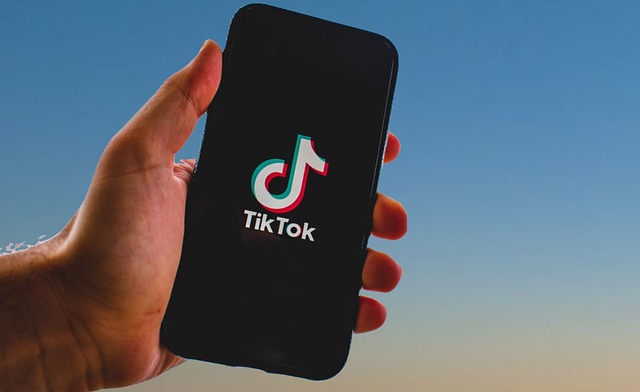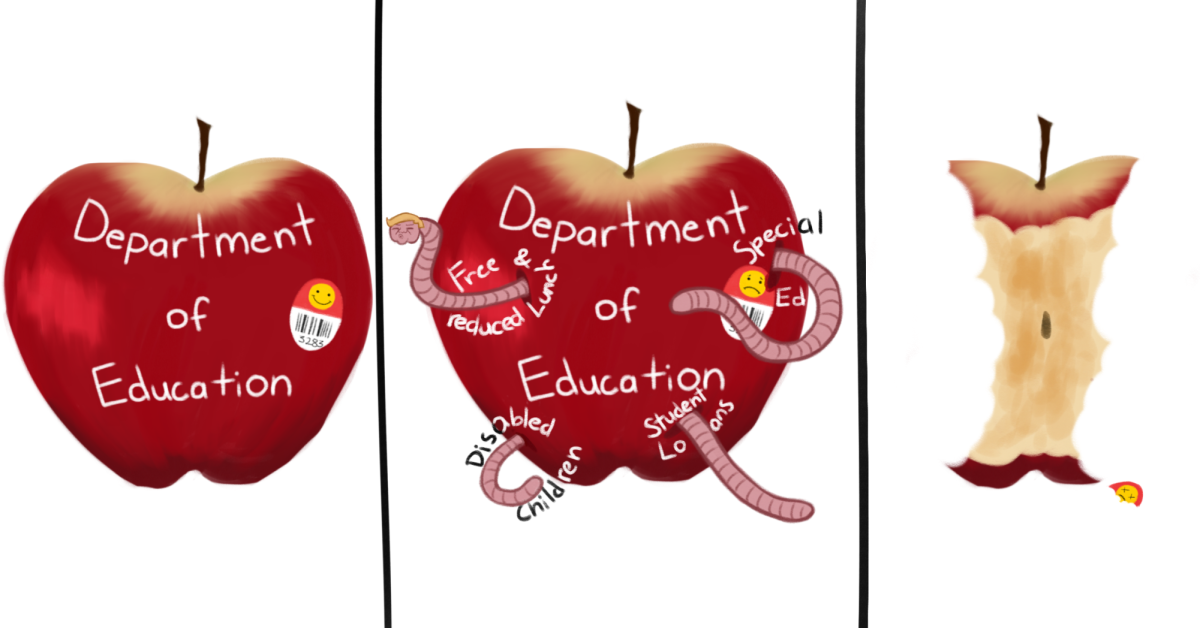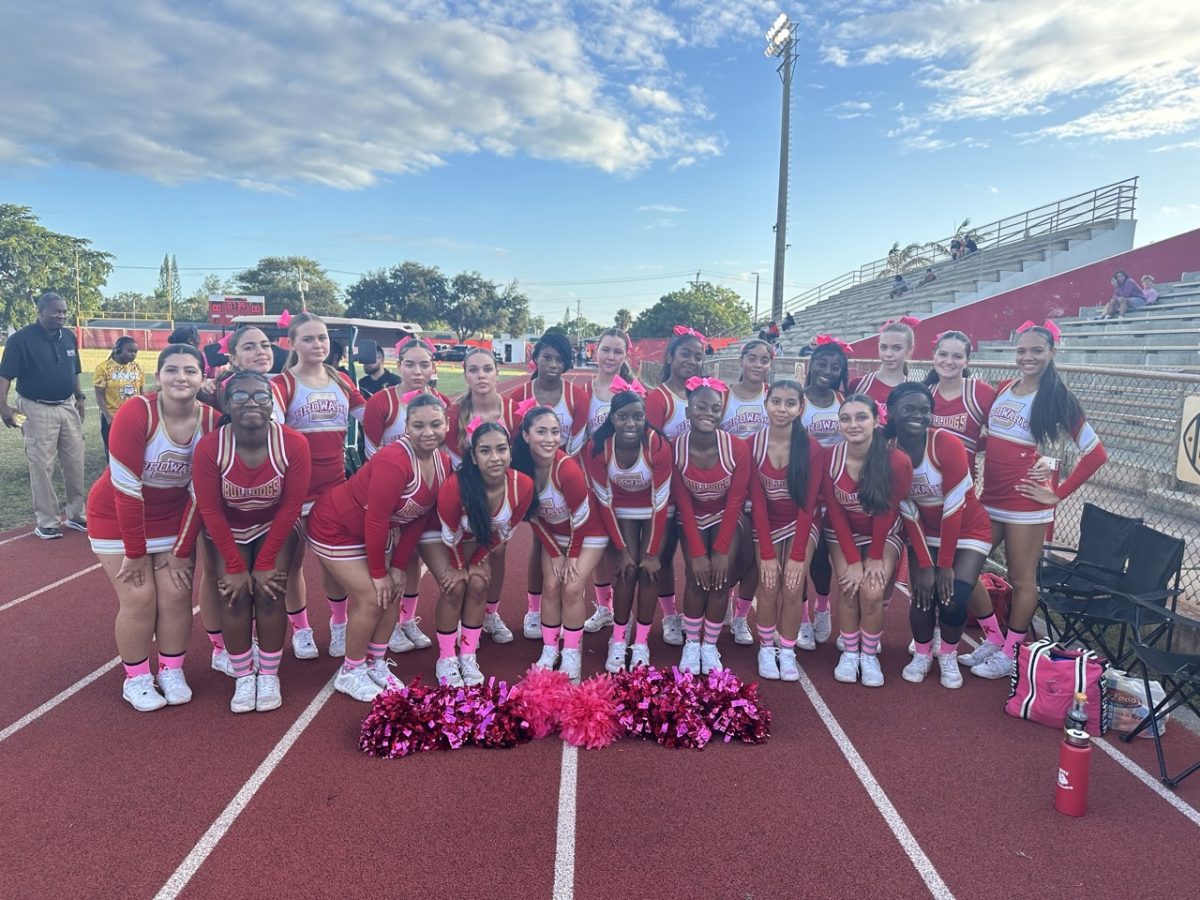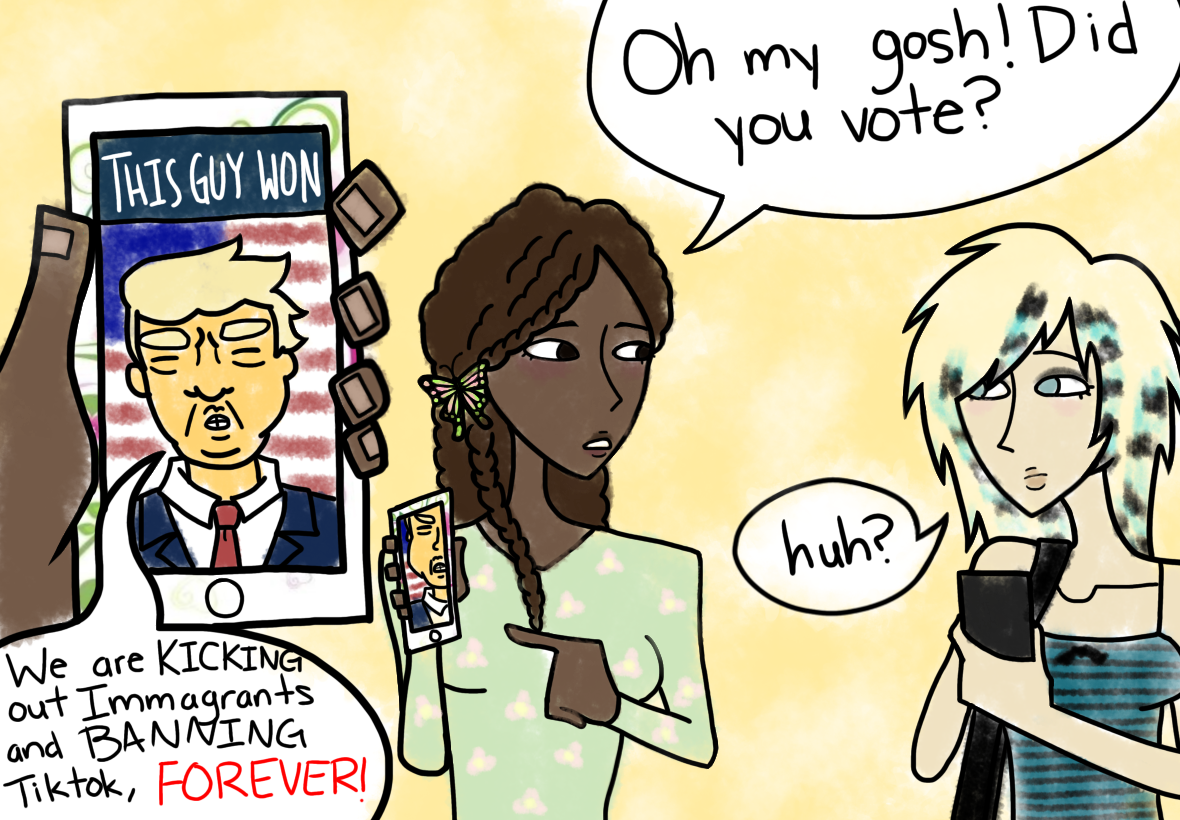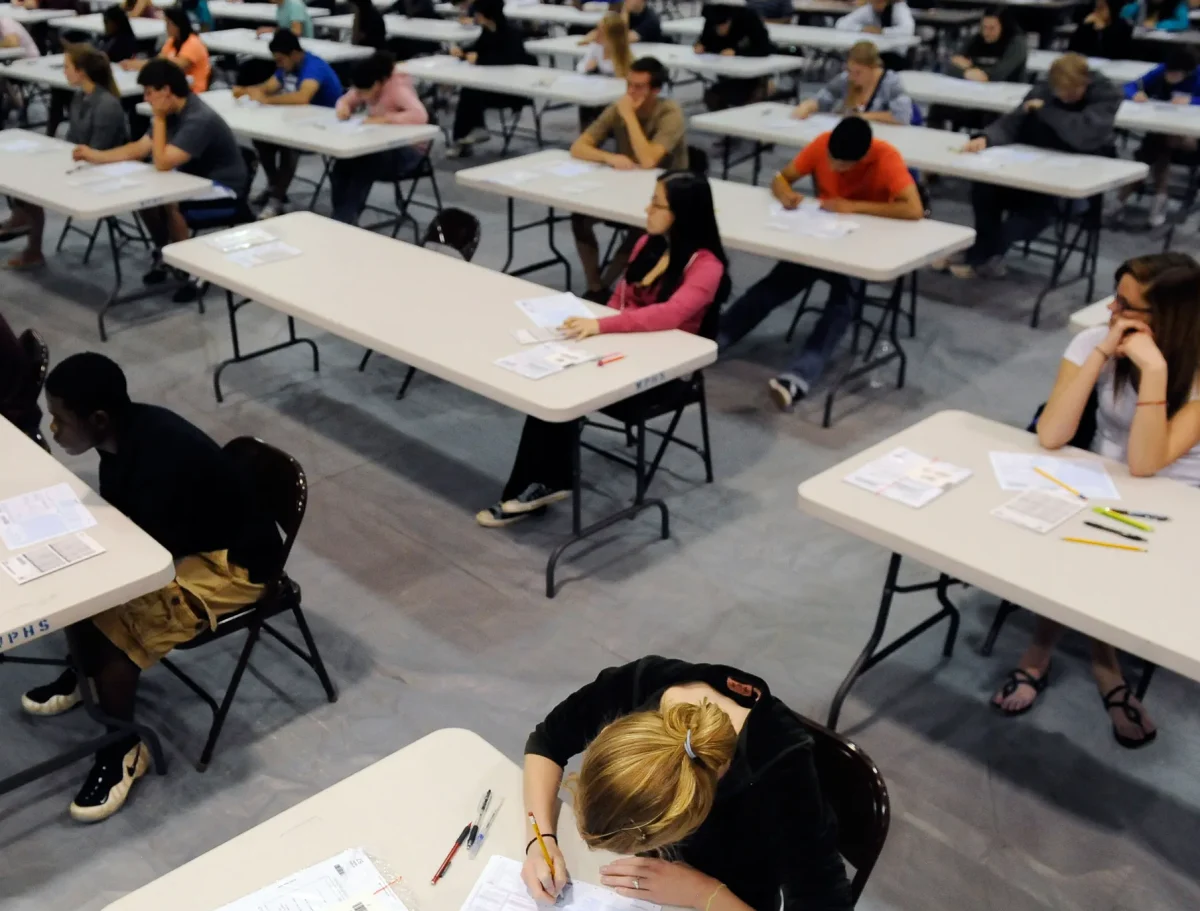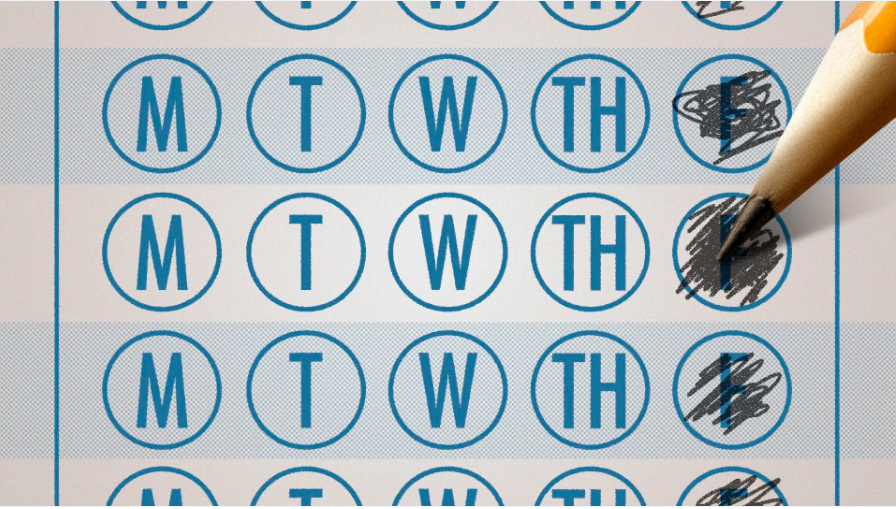TikTok is a short-form video hosting-service, allowing users to submit videos with durations stemming from 3 seconds to an hour, giving teens the incentive to surf through content supported by an algorithm and publish their own content.
At approximately 10:30 P.M., January 18th, the app was then unanticipatedly struck by a temporary restriction , sparking a range of skepticism and positivity from high school students nationwide. Consequentially, an executive order has been issued by President Donald Trump to override this temporary ban by providing a 75-day deadline, until the privately held Chinese parent company, ByteDance, transfers partial American ownership to a government-qualifying purchaser.
Some scholars object to the legislation created because they feel that they may have limited access to accessible content within the platform including entertainment, academics, and unifying trends. Other perspectives view the uplifting ban as favorable, however criticize the legislation’s vagueness, noting that it fails to address similar privacy concerns surrounding the rapidly developing digital landscape.
The U.S. Supreme Court recently upheld a federal law banning the app due to concerns about the Chinese government’s access to sensitive information about American users, including “harvesting” biometric data, precise geolocations, and keystroke patterns, the controversy surrounding TikTok’s data collection practices and potential national security risks has persisted, based on a conducted study from the American-Australian cybersecurity firm Internet 2.0.
Initially, when I first heard of this ban as a highschooler, my immediate thought was a mixture of concern and curiosity. Conversely, I understood the national security concerns that were being raised. However, as someone who regularly surfs the platform, I couldn’t help but wonder what would happen to the diverse range of content that many of us rely on for entertainment, education, and the link of cultural connectivity.
Generationally speaking, TikTok has become an integral component of ours social lives- averaging around 170 million monthly American users. It has changed how we engage with trends, from new makeup tutorials to staying updated with news and learning about other cultures. While I understand the importance of national security and privacy protection, this issue raises a larger question: how we handle the growing role of tech companies in our lives. Since technology continues to evolve, we must seek a way of balancing innovation with the preservation of privacy and security without undermining the platforms that unite us.
Ultimately, this debate about TikTok serves as a microcosm of the digital age dilemma: balancing security with personal freedom and privacy. As much as we enjoy the platforms that brings us together, we must also confront the potential risks they pose in terms of data security and misuse.


